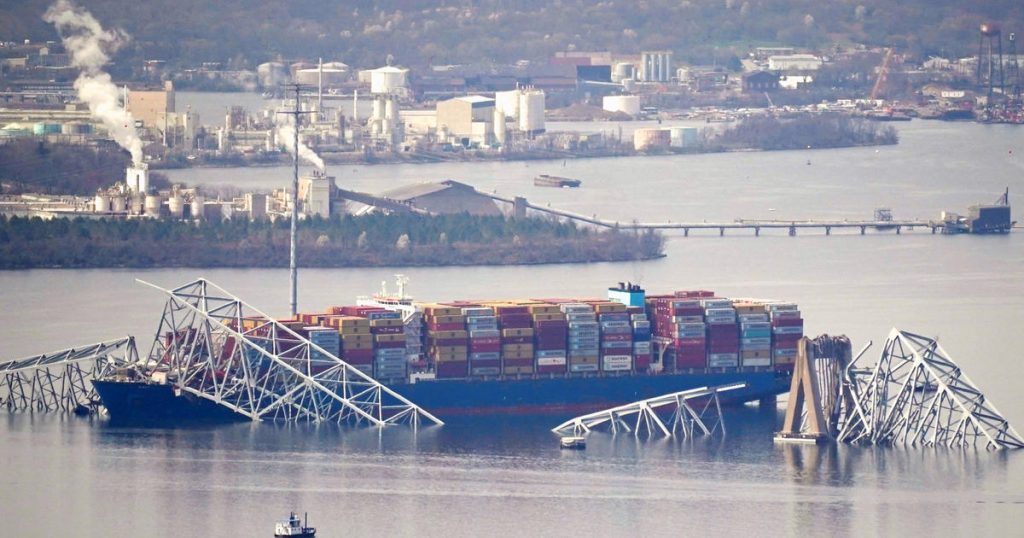The collapse of the Francis Scott Key Bridge in Baltimore resulted in the deaths of two construction workers, with four others still missing and presumed dead. Search efforts were initially paused to focus on clearing debris from the river and reopening the Port of Baltimore. The U.S. Navy mobilized barges with heavy lift cranes to assist in this effort, as the port’s closure was having a significant impact on the local economy. Lawmakers were drafting emergency legislation for income replacement for thousands of workers impacted by the disruption.
The victims of the bridge collapse were identified as individuals from various Central American countries, with families in the local area. The employer of the construction workers, Brawner Builders, promised to support the families of the missing workers financially. A GoFundMe campaign organized by an advocacy group raised over $98,000 to help the survivors cope with the sudden loss of income. The National Transportation Safety Board detailed the sequence of events leading to the bridge collapse and highlighted the environmental impact of the hazardous materials carried by the cargo ship.
The Francis Scott Key Bridge, which connects Baltimore and Washington, D.C., was completed in 1977 and serves as a critical transportation link in the region. Maryland officials requested emergency relief funds from the federal government to rebuild the bridge and reopen the port. President Biden pledged support for funding the replacement bridge and working with Maryland leaders to expedite the process. Senator Van Hollen emphasized the importance of Congress providing resources quickly to rebuild the bridge, framing it as an American challenge that requires immediate action.
The tragic incident highlighted the risks faced by workers in the construction industry and the importance of workplace safety measures. The focus on supporting the families of the victims and ensuring the recovery and rebuilding efforts were carried out effectively demonstrated the community’s resilience in the face of adversity. The environmental implications of the bridge collapse and the leakage of hazardous materials into the Patapsco River underscored the need for stringent safety protocols in industrial operations. The collaborative efforts between state, federal, and local authorities in responding to the crisis showcased the importance of coordination and communication in emergency situations.


